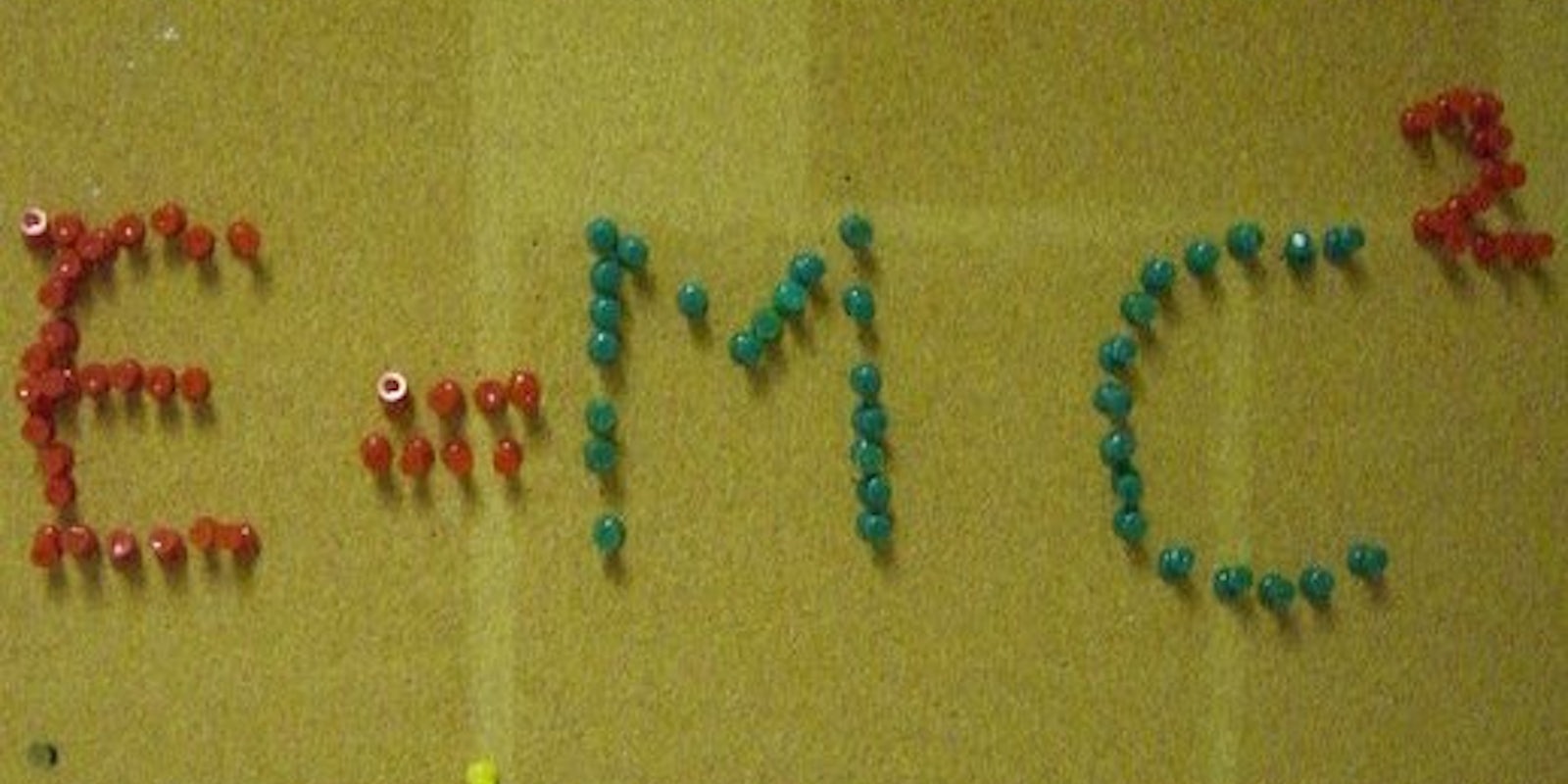Sitting through stuffy lectures with a monotonous teacher is a student’s worst nightmare. But Pinterest may be changing that. Yes, Pinterest, the site where people pin their favorite pictures on boards to share with the world.
With Pinterest gaining traction by the day, it’s becoming a valuable tool for educators. Not only are teachers sharing tips and using the site to grab ideas for lessons, it’s being used as a teaching tool too.
Pinterest is helping inspire students, increase student participation, and helping them tell stories.
For example, University of Minnesota adjunct instructor Leslie Plesser is using Pinterest in her basic media graphics class. Though her students are not graded for their use of Pinterest specifically, they are required to use it with their activity being factored into their participation grade.
“I am looking at their design work and comparing it to what they “like” on Pinterest to see where they are drawing their inspiration from and it helps me to understand their personal design aesthetic, which I can then use in determining their project grades and in any advice I give on their work,” Plesser told the Daily Dot via email.
The students are interacting with each other on the site as well, as they follow each other and often repin items their peers have found.
“Frankly, it’s a great spot to share design ideas,” Plesser said. “I also follow them all, and when they post something really great, I “like” it so they know I think that’s a great idea and that’s something they should pay attention to. If it’s something extraordinary, I’ll repin it as well. I think it also helps them to see my tastes and what I prefer (which is helpful for them, I believe).”
At Minnesota State University, Assistant Professor of Multimedia Journalism Deneen Gilmour is using the site a little differently. Students in the Writing for the Web class are required to create text/multimedia packages and post them to the class blog. For this semester, Gilmour tweaked three assignments to include data curation, with Pinterest playing a key role.
“Students are required to integrate Pinterest into their story in a way that uses Pinterest to advance the storytelling,” Gilmour told the Daily Dot. “One student, Meghan Feir, turned in a story that fulfilled the requirement beautifully. She created a pinboard on Pinterest that gathered tips, recipes, blogs, shops, restaurant menus and more for people who need lactose-free or gluten-free diets.”
Using the site is fostering collaboration between students, which is proving especially helpful for the males in the class who are not particularly fond of the idea of using Pinterest. As Gilmour explains:
“The class happens to have only two females in it. And, to my surprise, the males in the class are espousing an attitude of ‘Pinterest is for girls, not men.’ In fact, they said as much when the student newspaper, The Advocate, and a local TV station did stories about my class using Pinterest.
“Collaboration has occurred in an unexpected, very basic way. One female student essentially taught a mini-course in ‘what is Pinterest?’ at the males’ request and then ‘how to create a Pinterest account and use it.’ The byproduct has been students in the class now ‘follow’ one another on Pinterest.”
That said, Gilmour believes the males in the class don’t really mind using Pinterest for their data curation since “the user interface with Pinterest is simpler than some other data curation sites I require students to weave into other assignments.”
Regardless of the fact that Pinterest does not permit those aged 13 or under to use the site, Christina DiMicelli, a technology integration specialist at Hampstead Academy in Hampstead, N.H., does not feel comfortable in allowing students at the K-8 school to use it in class.
“There is a lot of unmonitored content on it,” she told the Daily Dot. “It is too easy to come across images of nudes, etc. I am hoping that Pinterest comes up with an education account for teachers with managed student accounts included.”
There are several ways in which Pinterest could be integrated into course materials and assignments. DiMicelli said, for instance, educators can “assemble a group of materials for students to access,” while “study groups can easily manage research materials found online” using the site.
Given most of what students learn is presented visually, according to DiMicelli, it seems Pinterest can play a big role in education going forward.
As a way to discover fresh ideas and to curate content for class projects, the site has tremendous potential to assist students of all ages in their learning and improve their school experience.
Photo by frankh


